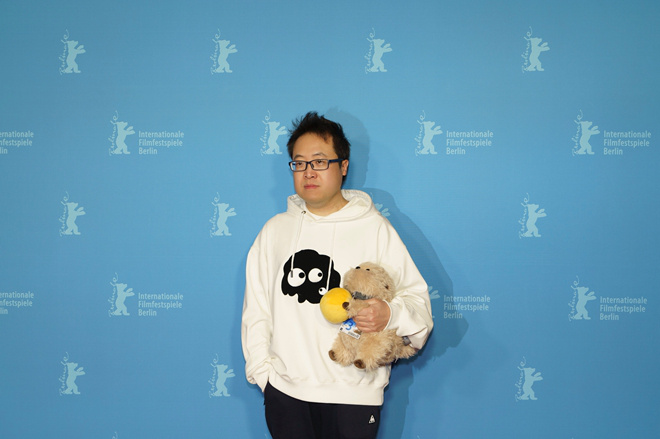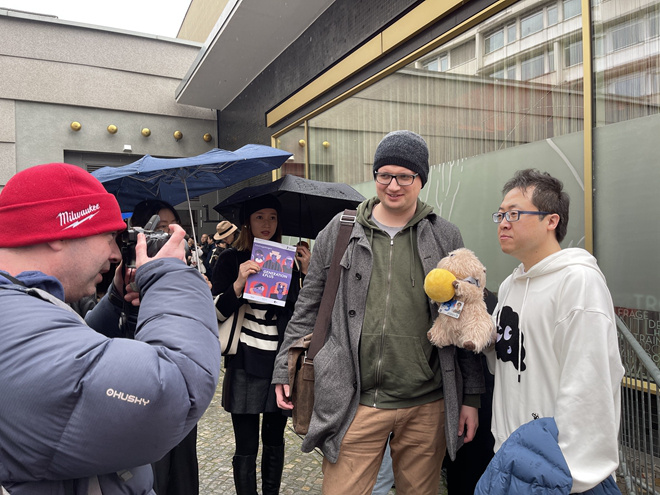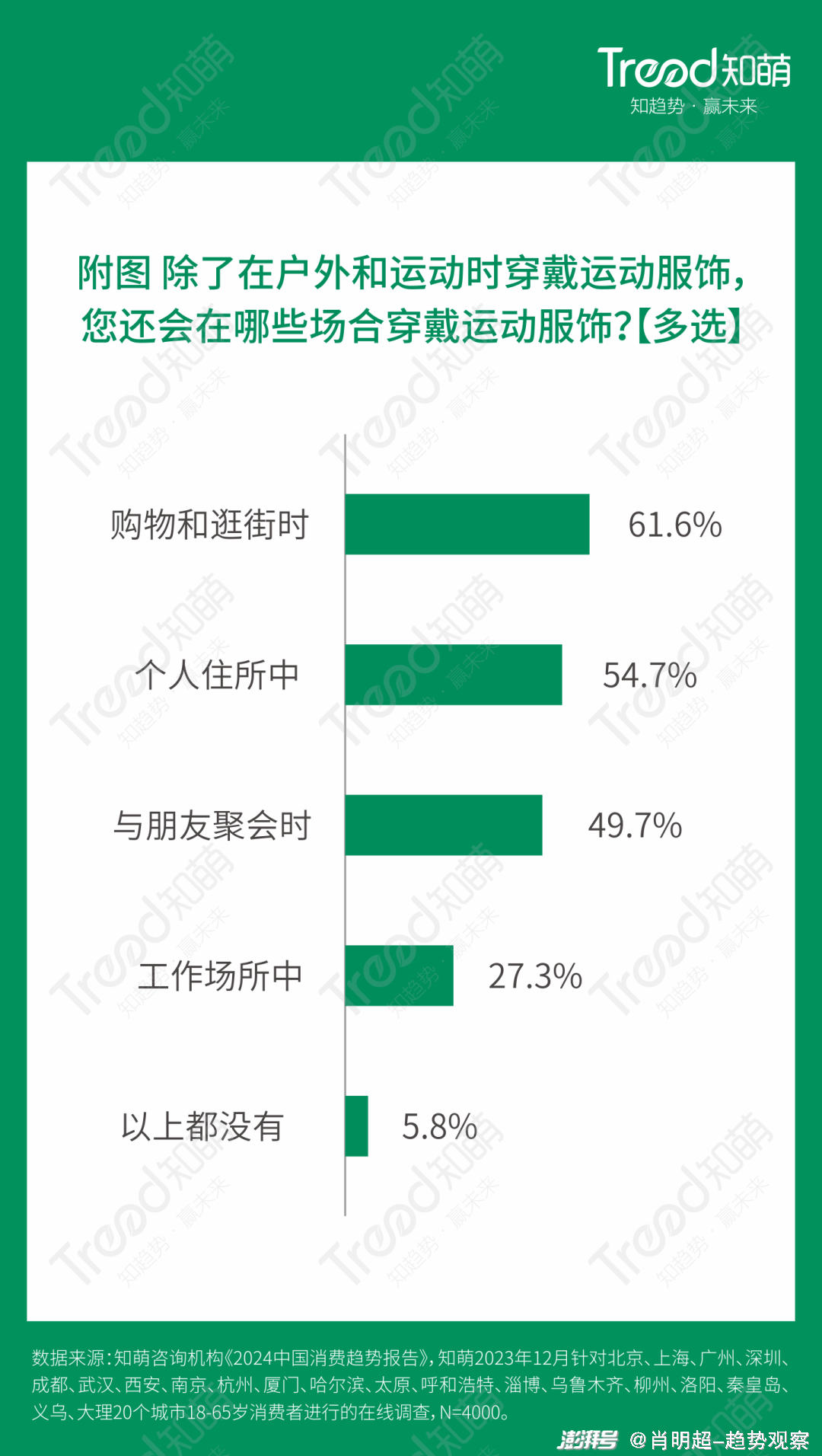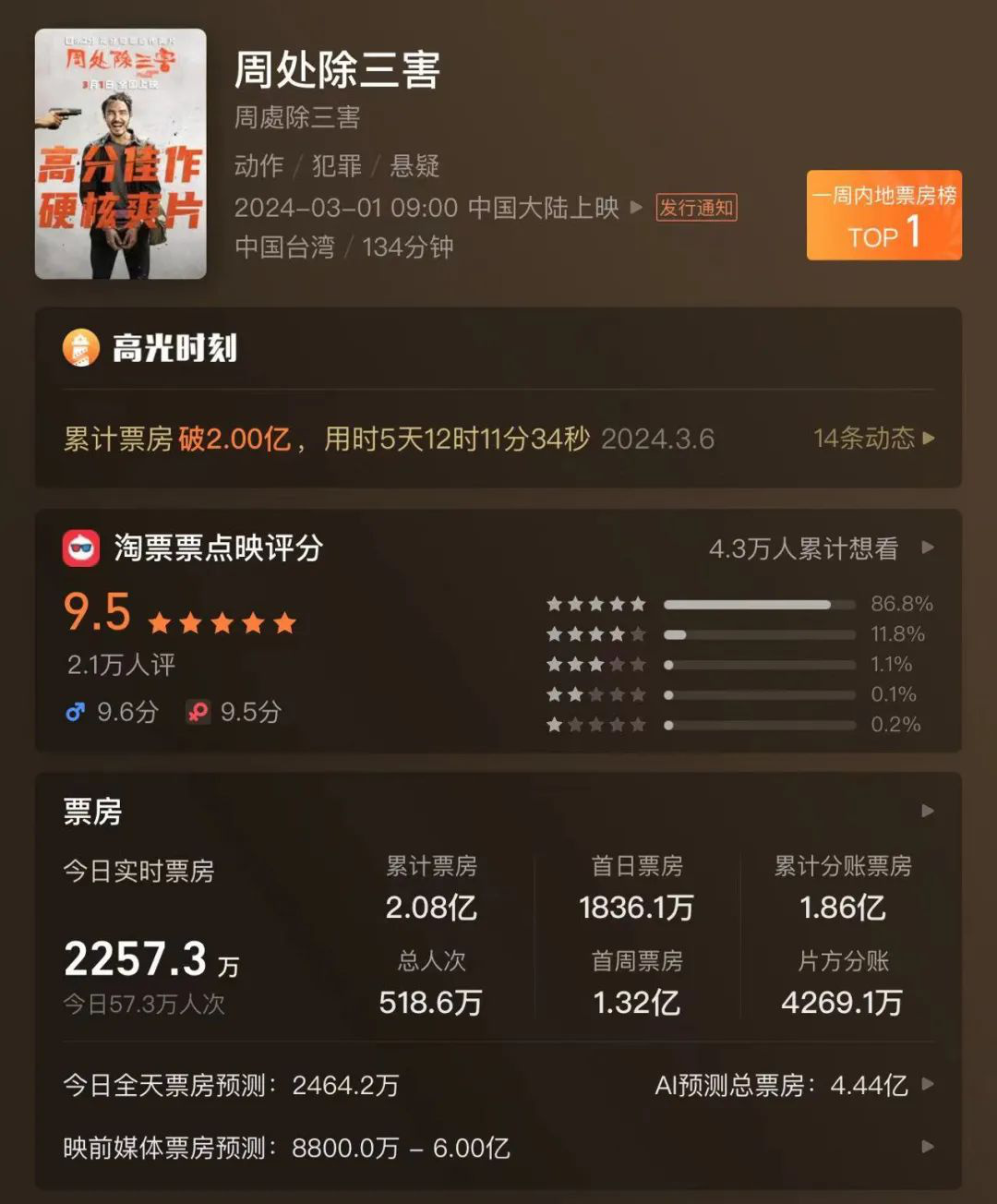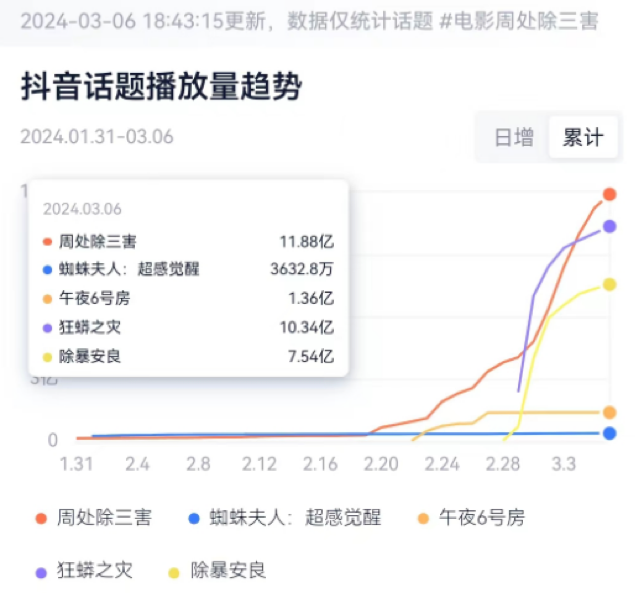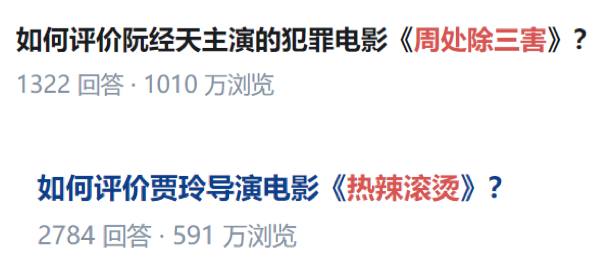

Wen Yi | Author Zhou Chu | Editor
At 7 o’clock on the evening of July 30th, in the Modern Sky Live House in Hongkou, Shanghai, the third-floor stands were "packed". Young people hold purple glow sticks and gather into a romantic sea of violets.
At this moment, there is still half an hour before Ryan’s first solo concert in TME live. The fans who arrived at the scene early can’t wait. They sang with BGM and screamed with excitement from time to time: "Zhao Rang, come out quickly!"

Source: Entertainment thorn photo
But Ryan, who has been waiting for this day for five years, seems very calm.
Carefully prepared 13 songs, 15 stages, 90 minutes of singing, dancing and interaction, with cool or gentle lighting effects, created an immersive and complete world belonging to Ryan and his fans "Gary the Snail".
"I feel that he is very hard. After rehearsing for so long, we are very touched that one person can hold up a concert." After the performance, the fans reluctantly left the scene and looked at the stage from time to time.
Fan Xiaolu is a student, and this is the first time she has seen her idol Ryan at the scene. Throughout the concert, she didn’t scream as excitedly as other fans, because she didn’t want to miss every minute under her senses.
She askedEntertainment thorn (ID: yuci-er)Sighed: "The atmosphere, beautiful dance and sound are all good, and it feels like a dream. I hope he and TME live will cooperate more."

Source: Sina Weibo @ 么么么么么么
After the performance, Ryan wrote in a small composition published in Weibo for the first time: "I didn’t expect this day to come so soon", and this is also hisEntertainment thorn (ID: yuci-er)The first sentence said in an exclusive interview.
Behind "so fast" is his seemingly childlike footsteps that never stop.
In 2016, 15-year-old Ryan officially became a trainee, and the dream of holding a solo concert sprouted from then on. He went to the scene to watch the performances of his predecessors and imagined that one day he could stand on the stage as grand as the "Bird’s Nest". In 2019, he made a successful debut in a group through Creation Camp 2019, fought side by side with 10 teammates under the name of R1SE, and tried his best to interpret his own paragraphs in each song.
butThis time, he finally stood on the stage alone.. The burden on him was heavier and he received more attention, but Ryan managed to bear the pressure.
He told the entertainment thorn that he didn’t like to rest. There is no after-school life when studying, no entertainment when practicing, and it is rarely "idle" after debut. The story of idol LAY "practicing all the time" has been his belief and habit for a long time.
In his 20-year-old life, his parents, teachers and idols have all become his persistent strength on the road of singing and dancing. Nowadays, the strength that supports him comes more from his inner love.
At the concert scene of TME live, he finally sang this love.
Growing up next to "criticism"
Ryan, who has just turned 20, is more mature than we thought.
He doesn’t speak fast. In the face of a question, he often thinks for a few seconds first, then calmly opens his mouth and gives a safe and sincere answer.
The same is true when facing the stage. Ryan thinks that only full preparation can make him more relaxed and comfortable. The first solo concert is of great significance, and he will never fight unprepared.
For this concert, Ryan entered a state of "preparing for war" more than one month in advance, and practiced from afternoon till late at night every day. For him who is good at dancing, the stage of pure singing is a big challenge, so he "makes up" the vocal music and sings for five or six hours.

Source: Sina Weibo @ Ryan _R
When asked whether the body and throat can be eaten, Ryan said lightly: "I can handle it, because there were more tired ones before.Compared with the daily training before debut, all this seems to be "insignificant".
In Ryan’s memory, the hardest period in his practice career is 2018. Speaking of the tight schedule, he can almost be called "reciting words backwards", and his speech speed is also abnormally accelerated:
"I will go to the somersault class at 11 o’clock, then go back to the company, have an hour of rap class at 2 o’clock, another hour and a half of foreign language class at 3 o’clock, have a meal in the middle, then have a vocal class for an hour, then have a dance class for three hours, rest for an hour at 10 o’clock in the evening, and start to line up the team program until 5 o’clock in the morning."
This boring life filled with training lasted for a whole year. During this period, Ryan also had the idea of giving up.

Source: Sina Weibo @ Ryan _R
In the weekly and monthly exams set by the company for trainees, Ryan "basically didn’t hear much praise". The most frustrating time was that he sang a song that he had practiced seriously for two weeks, but in the end, the teacher gave him a comment: "Others just want to sing badly, and they won’t sing as badly as you."
At that moment, Ryan had doubts about himself. "I wonder if I am suitable for this road?"
Fortunately, with the comfort of his brothers around him, Ryan came out of self-doubt. "The company implements the last elimination system. Since it has not been eliminated, then stick to it." With this in mind, Ryan put aside his frustration and continued to devote himself to cyclic training.
After about three or four months, Ryan finally got a long-awaited affirmation from the teacher: "I didn’t expect this song to be sung by you."
Just like a child who got sugar, Ryan, who was praised by the teacher, finally tasted the sweetness and had the motivation to stick to it. In his growing process, every compliment is hard-won.
I don’t want to be just a "good seedling"
Ryan grew up under the strict education of his parents and received little praise. On the 30th day of the concert, his parents came to the scene to watch his performance. After the concert, they only gave such faint encouragement as "not bad, not bad".
Talking about the reasons for learning to sing and dance in the first place,Ryan bluntly said that he was actually "forced by his father.".
Ryan’s father likes singing and dancing very much. He dreamed of becoming a singer, but it didn’t come true in the end. Ryan, who is still in elementary school, once watched his father break dance, and he felt from the bottom of his heart that he was "awesome". "But now he can’t jump me." Zhao Rang said slightly.

Source: Sina Weibo @ Ryan _R
In junior high school, Ryan was sent by her father to learn singing. The first song she learned was Justin Bieber’s Baby. At that time, he still couldn’t recognize all the words in this English song, so he had to use Chinese characters to mark the pronunciation and bravely sing along. The rap in the middle is very fast and linked, so he can only play it over and over again, trying his best to imitate it like the recording.
Ryan’s after-school life was thus occupied by music and dance classes. When going out to study, almost every teacher once said to his father: This child is a good prospect. "But as Ryan grew up, this praise became a hurdle.
"My dad said,When can you grow into a big tree? You can’t just be a’ good prospect’ all the time. "Ryan often gets the evaluation that" the foundation is good, and if he practices more, he will be very powerful in the future ".Such seemingly praised words will actually make him lose confidence." They don’t know that I have been practicing for a long time before I become like this. "
The turning point to break through this bottleneck occurred in 2015. That year, Ryan studied Urban Dance with a teacher. This kind of free and creative artistic performance made him develop his hands and feet and made rapid progress in dance.
This sense of accomplishment made Ryan really fall in love with dancing. The insistence on singing and dancing is no longer under the pressure of my father, but comes from my inner desire for the stage.

Source: Sina Weibo @ 么么么么么么
And this teacher brought Ryan much more than that. In class, teachers often mention LAY, an artist he worked with, and praise him. Ryan heard all kinds of deeds of this elder from his mouth, and kept them firmly in mind, and regarded him as an idol who practiced all the time.
“My idol has given me a lot of strength, so I think I should work hard to be a man."Try harder and try harder" is the Weibo name of idol LAY, and it has also become the belief and habit of Ryan.
He even told the entertainment thorn,I "don’t like rest very much"Constant practice is the normal state that makes him feel comfortable.
When Ryan wrote "Little Sweet Songs"
In 2019, Ryan participated in the variety show Creation Camp 2019, and finally made her debut as a member of R1SE. On June 13, 2021, the two-year limited group was officially dissolved. A week later, Ryan released his solo album "R.A.N.G", and he wrote on Weibo: "This time, I really graduated."

Source: Sina Weibo @ Ryan _R
This album is the result of Ryan’s preparation for three months, which contains his thoughts in the team in the past two years: about difficulties, about friends, and about loneliness.
After two years of group debut, Ryan gradually understood a truth:Difficulties will get bigger and bigger, and life will only get harder and harder..
"When I was a trainee, I found it difficult to make a debut." However, after the debut, there will be new troubles: the scarcity of performance stage and fierce market competition, so we must ensure that we are always "going up".
Ryan, who likes to talk with "results", put the belief he wants to express most at this moment in the album R.A.N.G:Don’t be afraid of difficulties, go forward bravely.
"Meet the world from a new starting point, and each other is no longer afraid of loneliness." In the song "I WISH", Ryan sings like this, and the lyrics of this song are also his first time to participate in music creation. He compared this to "a letter to R1SE".
In the past two years, he has gained the sincere friendship of 10 good brothers, but at the same time he is learning how to get along with loneliness. "The deepest feeling in these two years is that even a good friend can’t be with you all the time."
Sometimes, when his teammates are running around because of the trip, Ryan will feel "as if there is no one in the whole world". In the time spent alone, Ryan tried to write all the emotions he wanted to pour out into his songs.
After the stage of "I WISH" ended, all the fans stayed where they were and shouted "encore" reluctantly-this seems to be some kind of tacit understanding between them and Ryan.
Soon after, the stage was lit up again, and Ryan stepped onto the stage again in a brisk rhythm, bringing the first song of the new song "Lullaby Dream".This is the first time that he has written all the lyrics and songs, and it is also a gift to witness the "two-way trip".

Source: Sina Weibo @ 么么么么么么
"The last song was a surprise!" After the whole performance officially ended, fan Nanshan excitedly resumed the performance to the entertainment thorn, which touched her the most. "He usually likes cool music and doesn’t sing sweet songs very much, but knowing that we want to hear him sing sweet songs, he specially prepared one. He is too fond of powder."
Ryan, who has always been good at blowing up the audience with cool singing and dancing, spent half a month writing this sweet and romantic little love song in order to satisfy the wishes of fans.
At the beginning of humming a melody, Ryan imagined the picture in his mind as ".In a world where even the sky is pink, I am very happy to date Gary the Snail.. "After the accompaniment, he will take time to listen repeatedly on the plane and before going to bed, and slowly write down the lyrics full of romantic atmosphere.
"Everything I want to say to them is on the stage." Ryan said, "I hope they can feel the power through my stage and find their own direction."
The whole performance ended, and the dancers stepped down one after another, but Ryan still looked back with nostalgia and returned to the stage to take a group photo with the fans again.

Source: Sina Weibo @ Ryan _R
After the break, it was nearly midnight, but the Pacific Cafe downstairs was brightly lit.
The coffee shop has already been plastered with photos of Ryan, hand pictures and human figures. Some fans are taking photos with Li Pai, some fans are distributing their own AIDS, and some fans give their own Ryan coffee cup covers to everyone who buys coffee.

Source: Entertainment thorn photo
This solo concert witnessed the beginning of Zhao Rang’s new journey, and it also became an exclusive memory for him and Gary the Snail people.
TME live, on the other hand, has built a platform for one new singer after another to bloom their talents. From Chen Linong’s new album debut, to Sunny’s next birthday party, and then to Zhao Jean’s first solo concert, they will continue to protect their musical dreams in the future.
During the performance, Ryan also frequently asked the fans under the stage, "Did I perform well?" For him, this is also the first test of standing on the stage alone after he left his brothers in R1SE.
Together with TME live, he answered the best score with stage and enthusiasm.This time, he propped up the whole stage by himself.
(Note: Deer and Nanshan are pseudonyms)



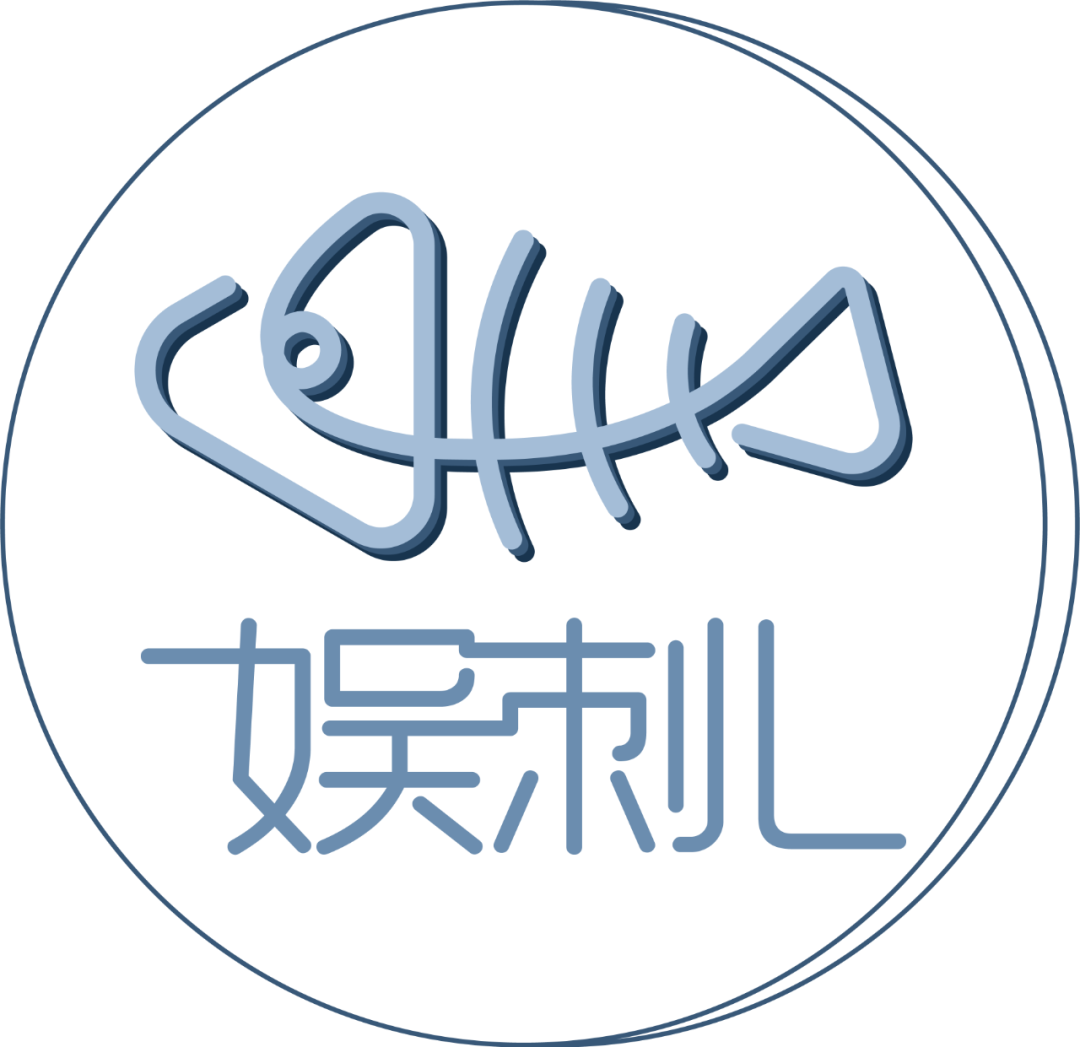
Spy on the future direction of entertainment industry
Entertainment thorn is an entertainment report account under Xiaowei Technology, focusing on entertainment industry reports such as variety, film and television, music, and spying on the future direction of the entertainment industry.
Reprinting and media cooperation
Add the community idolize to chase the drama, please contact the micro signal: yuci-erxiaozhushou.





















